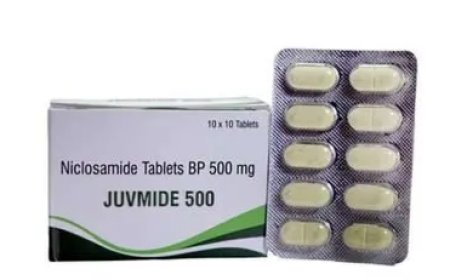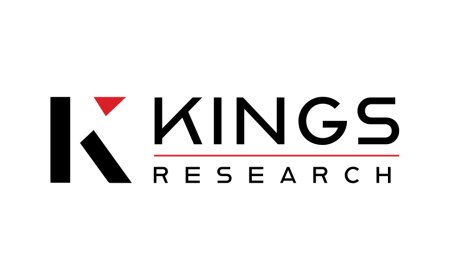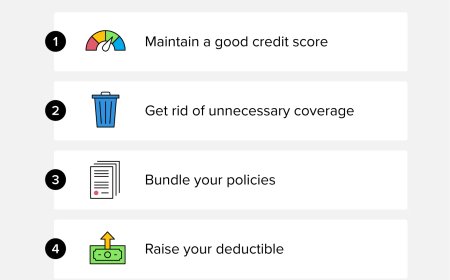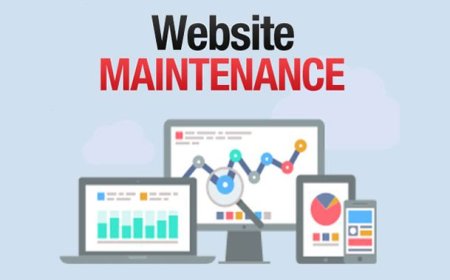how to check vehicle insurance validity
Discover easy steps to check vehicle insurance validity online, via apps, or DMV portals. Verify car insurance status to avoid penalties and ensure coverage—practical tips for US, India, and more.

In today's fast-paced world, owning a vehicle comes with the responsibility of maintaining valid insurance.Vehicle insurance validityensures you're protected against accidents, theft, or liabilities, and it's legally required in most countries. Driving without active coverage can lead to hefty fines, license suspension, or even legal troubles. For instance, in the US, uninsured drivers face penalties varying by state, while in India, it's mandatory under the Motor Vehicles Act.
This guide provides a step-by-step approach toverify car insurancestatus, helping you stay compliant and secure. You'll learn universal methods, region-specific tools like DMV checks in the US or Parivahan in India, tips to avoid common errors, and real-world scenarios. By the end, you'll confidentlycheck vehicle insurance validityand understand why regularverification is crucial for peace of mind and financial protection.
Comprehensive How-To Steps
Verifying yourvehicle insurance expirydoesn't have to be complicated. Below are detailed, actionable steps applicable globally, with adaptations for popular regions. Always have your policy number, Vehicle Identification Number (VIN), or registration details handy for quicker results.
1: Review Your Policy Documents
Start with the basics. Your insurance policy document or ID card lists the coverage period, including start and end dates.
- Locate your physical or digital policy papers. These are typically emailed or mailed by your insurer upon purchase or renewal.
- Look for the "Policy Period" or "Effective Dates" section. The expiry date is clearly stated here.
- If you have a QR code on newer policies (common in India), scan it using a smartphone camera or app to reveal details instantly.
This method is straightforward and doesn't require internet access, making it ideal for quick checks.
2: Log Into Your Insurer's Website or Mobile App
Most insurance companies offer online portals for real-time status checks.
- Visit your insurer's official website (e.g., Progressive or State Farm in the US, or HDFC Ergo in India) and log in using your account credentials. If you don't have an account, create one with your policy number and email.
- Navigate to the "Policy Details" or "Account Overview" section. Here, you'll see the current status, expiry date, and coverage limits.
- For mobile users, download the insurer's app (available on iOS and Android). Log in and tap on "My Policies" to view validity.
This digital method provides instant updates and often includes renewal reminders. According to insurance experts, apps like these reduce lapsed policies by sending push notifications.
3: Contact Your Insurance Provider Directly
If online access isn't available, reach out to customer support.
- Call the helpline number listed on your policy card or website. Provide your policy number, name, and vehicle details for verification.
- Alternatively, email support or use live chat features on the insurer's site.
- Request a confirmation email or SMS with the expiry date and status.
This step is reliable for clarifications, especially if there's a discrepancy in documents. In the US, providers like GEICO offer 24/7 support for such queries.
4: Use Government or Official Portals
Government databases are excellent for third-party verifications, especially when buying a used vehicle.
- In the US:Access your state's Department of Motor Vehicles (DMV) website. For example, in Florida, use the FLHSMV MV Check tool by entering the VIN or title number. In New York, check insurance status online via the DMV portal with your plate number. Many states like Virginia and Georgia have insurance verification programs that cross-check registration with insurer data.
- In India:Visit the Parivahan Sewa website (parivahan.gov.in) and select "Know Your Vehicle Details." Enter the registration number and captcha to view insurance validity. Alternatively, use the VAHAN portal or mParivahan app for mobile checks. The Insurance Information Bureau (IIB) portal allows checks via engine or chassis number.
- Other Regions:In Saudi Arabia, use the Absher portal for vehicle insurance inquiry. Check local transport authority sites for similar tools.
These portals ensure accuracy as they're linked to official records, helping detect fraud or lapses.
5: Utilize Third-Party Apps or Services
For convenience, leverage aggregator apps.
- Apps like Policybazaar or InsuranceDekho in India allowinsurance validity check onlineby entering vehicle details.
- In the US, services like MyInsuranceInfo verify coverage for loans or registrations.
- Scan QR codes on policy documents for instant digital verification.
Always use reputable sources to avoid data privacy issues.
6: Check After an Incident or Renewal
Post-accident or renewal, reconfirm status.
- If involved in a crash, exchange insurance details and verify via the above methods to ensure the other party's coverage.
- After renewal, log in to confirm the new expiry date.
Following these steps ensures yourcar insurance statusis always up-to-date, preventing unexpected issues.
Tips and Best Practices
To makechecking vehicle insurance validityefficient, follow these expert recommendations:
- Set Reminders:Use calendar apps to alert you a month before expiry. This prevents lapses, which can increase premiums by up to 20% upon renewal.
- Avoid Common Pitfalls:Don't rely solely on policy cardsthey might be outdated. Always cross-verify online. In the US, failing to update DMV after a lapse can lead to registration suspension.
- For Used Cars:When buying, insist on VIN-based checks to confirm seller's claims. This avoids inheriting uninsured vehicles.
- Multi-Vehicle Owners:Use insurer apps for portfolio views to manage multiple policies.
- Security Tips:When using online portals, ensure HTTPS connections and avoid public Wi-Fi to protect personal data.
- Renew Early:Aim to renew 15-30 days before expiry for no-claim bonuses and seamless coverage.
- Expert Advice:Consult agents for complex policies, like commercial vehicles, where validity might tie to inspections.
By adopting these, you'll enhance efficiency and reduce risks associated with invalid insurance.
Required Tools/Resources
Minimal resources are needed toverify vehicle insurance:
- Digital Devices:Smartphone, computer, or tablet with internet access.
- Key Information:Policy number, VIN (17-digit code on dashboard or door), registration number, and driver's license.
- Apps/Websites:Insurer's app, DMV/Parivahan portals, or third-party tools like mParivahan.
- Documents:Policy papers or ID card for reference.
- Optional:QR code scanner app for modern policies.
No special software is requiredmost checks are free and quick.
FAQs
1. How often should I check my vehicle insurance validity?
Ideally, monthly or before long trips. Always verify after payments or renewals to catch errors.
2. What if my insurance has expired?
Renew immediately to avoid penalties. In India, you might pay fines via RTO; in the US, inform DMV and reinstate coverage.
3. Can I check someone else's car insurance status?
Yes, with their consent, using VIN on DMV sites or by contacting their insurer. Useful post-accident.
4. Is there a fee for online insurance checks?
Most government and insurer portals are free. Third-party services might charge nominally.
5. What details do I need for an online check?
Typically, registration number, VIN, or policy number. Captcha verification is common for security.
6. How to handle discrepancies in validity dates?
Contact your insurer promptly with proof. It could be a clerical error.
Real-World Examples or Scenarios
1: Post-Accident Verification
Imagine you're in a minor fender-bender in California. Exchange details with the other driver and use the DMV's online tool tocheck car insurancevalidityvia VIN. This confirms their coverage, speeding up claims without police involvement for small incidents.
2: Buying a Used Car in India
Before purchasing a pre-owned scooter in Mumbai, visit the VAHAN portal and enter the registration number. It reveals the insurance expiry, helping negotiate if renewal is due soon. This prevented a buyer from facing immediate renewal costs.
3: Loan-Related Checks
When financing a vehicle in Virginia, lenders require proof. Use MyInsuranceInfo to upload details and verify status, ensuring compliance with loan terms.
4: Routine Check Before Travel
A family in Texas logs into their Progressive app before a road trip, discovering a lapse due to missed payment. Quick renewal avoids fines during highway patrols.
These examples show how proactive checks save time, money, and stress.
Wrapping Up
Checking vehicle insurance validityis essential for legal compliance, financial security, and road safety. By following the steps from document reviews to online portalsyou can easilyverify car insuranceand avoid pitfalls. Remember tools like DMV sites in the US or Parivahan in India for accurate info.
The benefits are clear: reduced fines, smoother claims, and peace of mind. Don't wait for an incidentcheck your status today and set reminders for renewals. Stay insured, stay safe.































